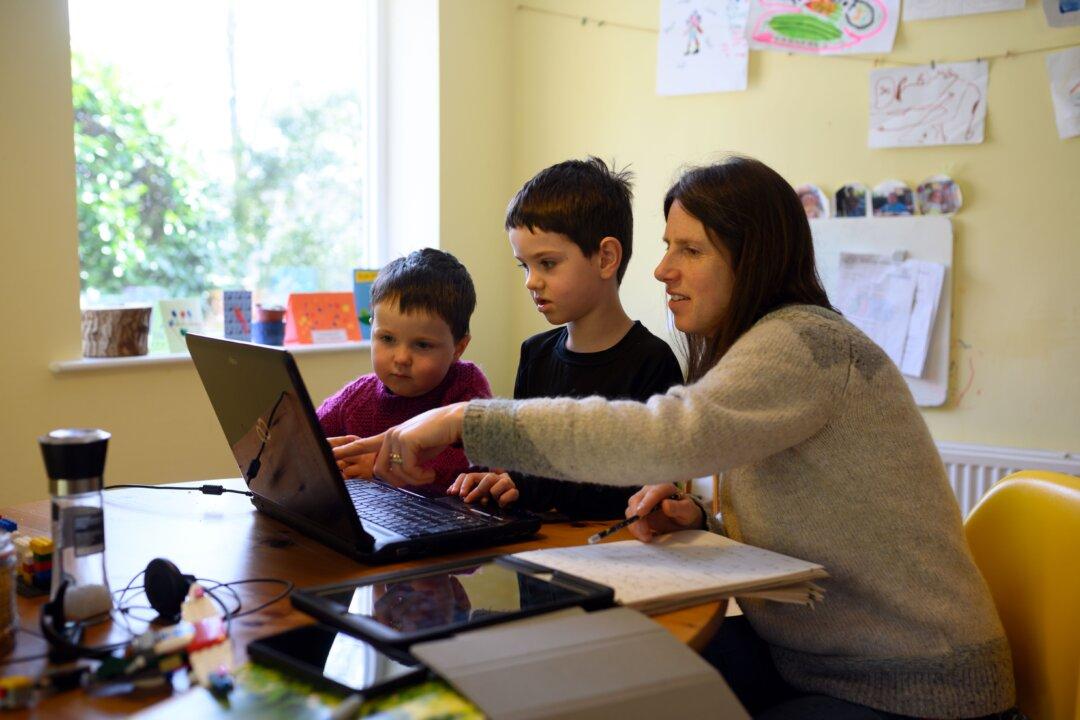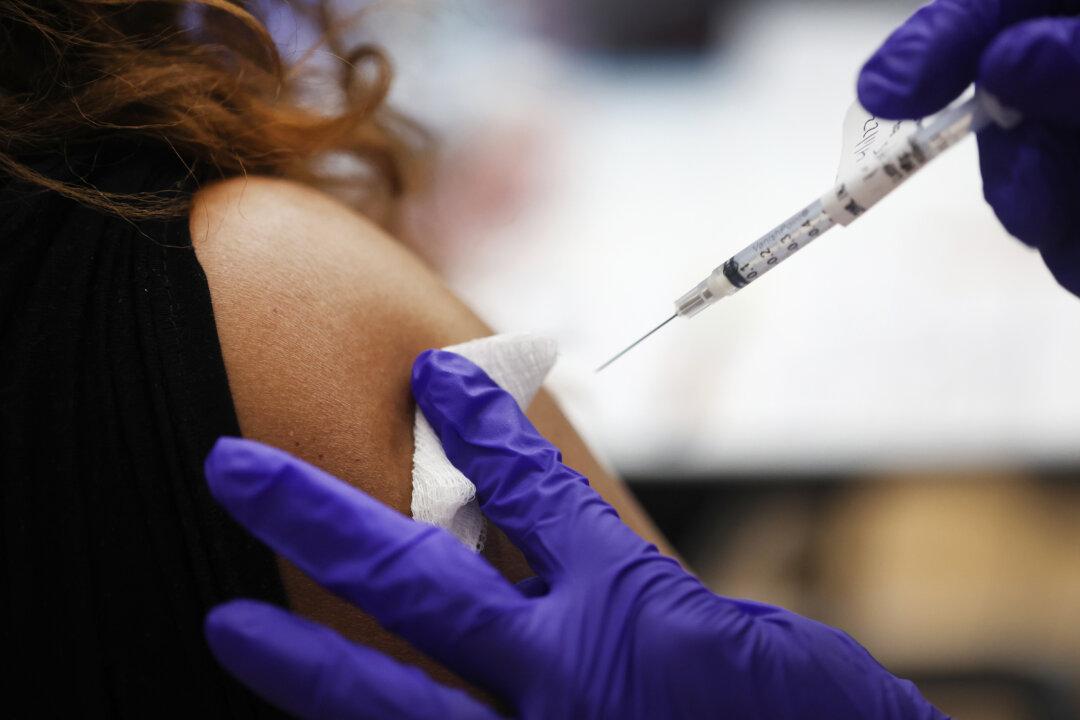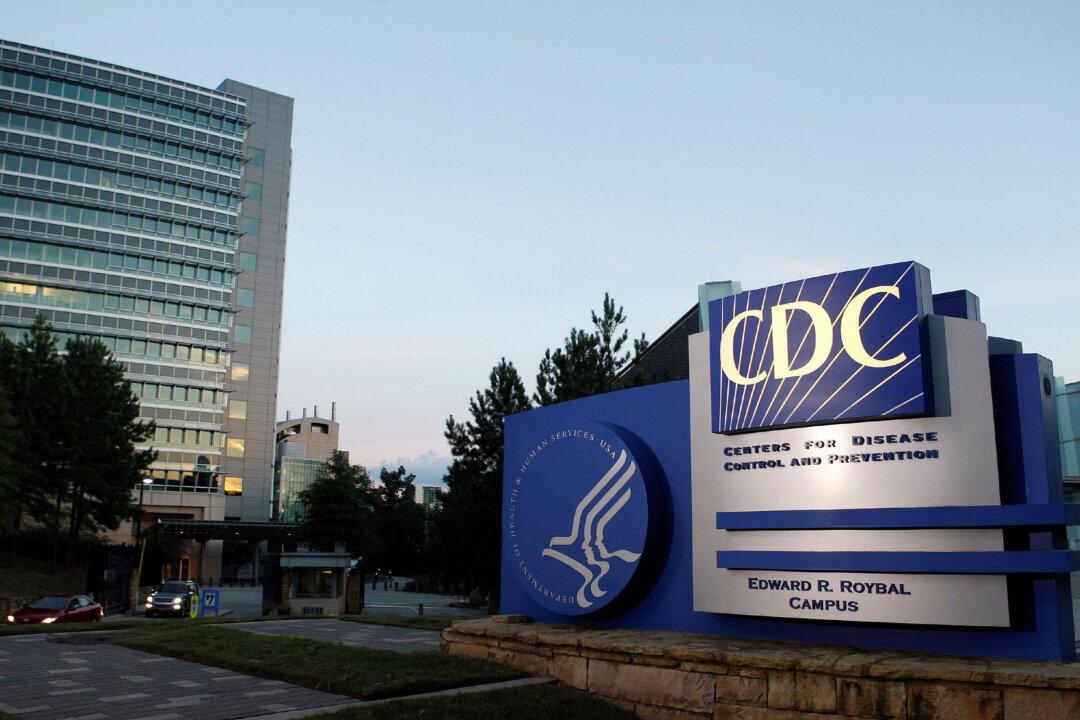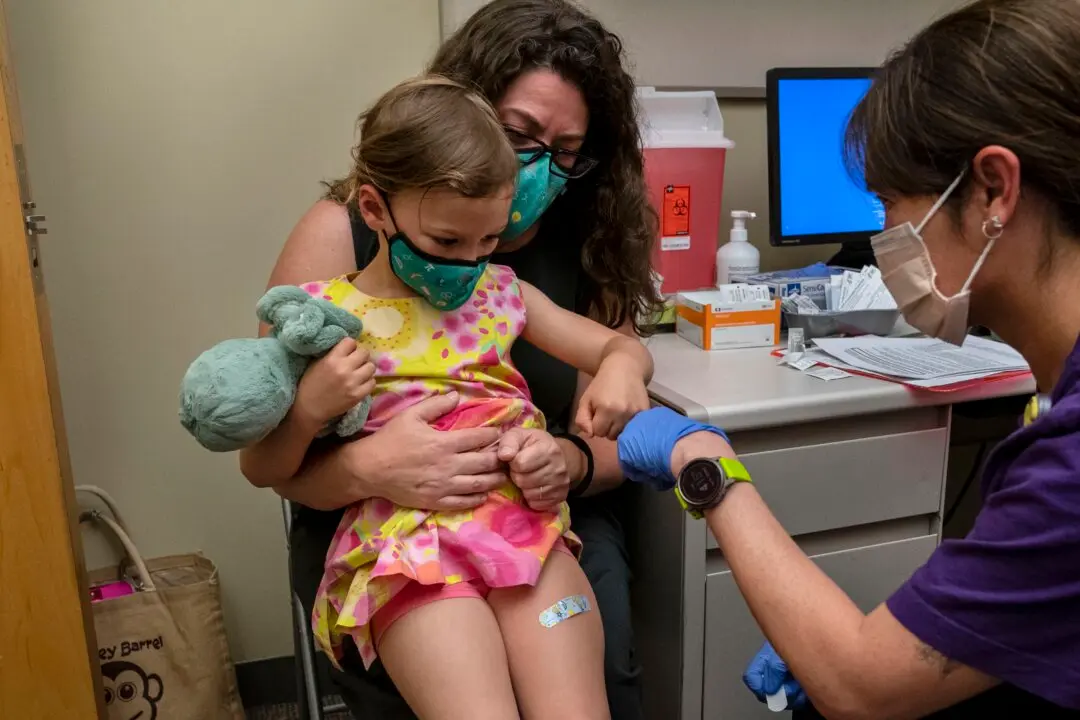Child care programs that remained open during the early months of the CCP virus pandemic did not contribute to the spread of COVID-19 in the United States, according to a Yale University study (pdf).
Researchers looked at responses from 57,335 daycare providers, including those that continued to provide child care and those that did not, during the first three months of the pandemic and found that there were “no differences in COVID-19 outcomes,” indicating that there was a low risk of children spreading the disease to adults.






